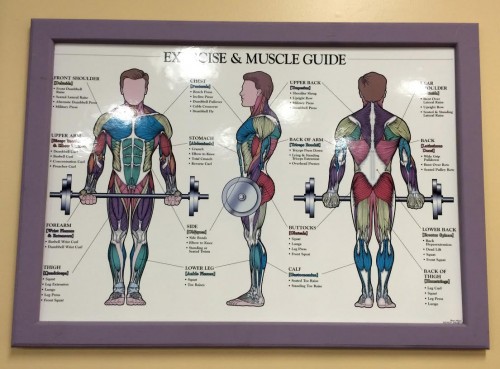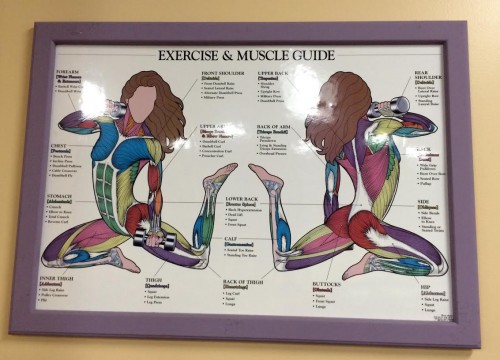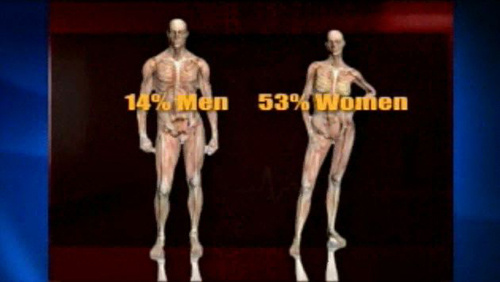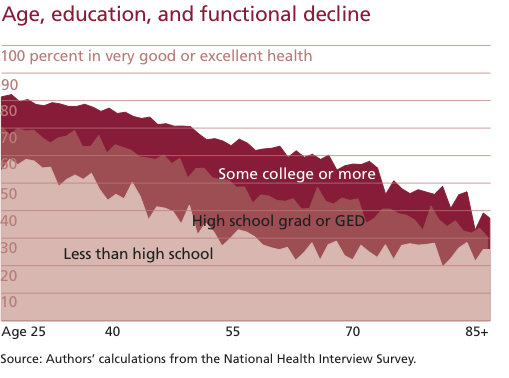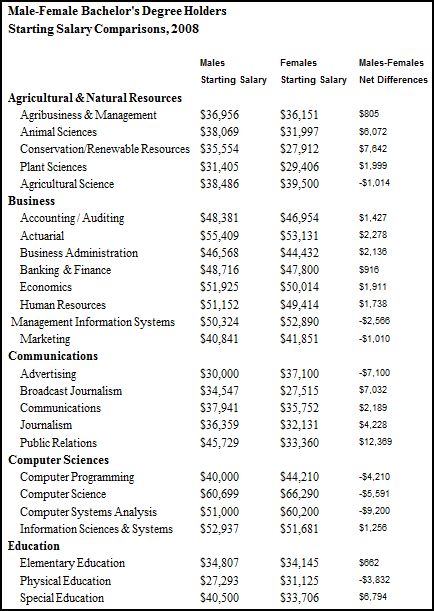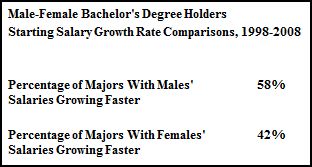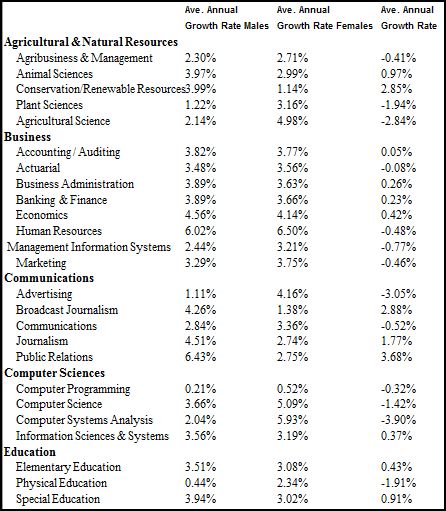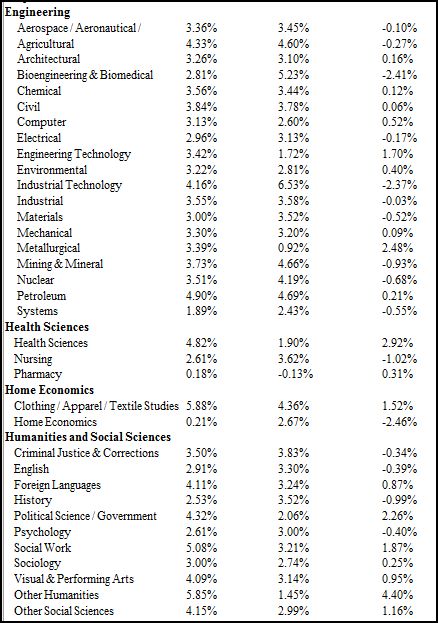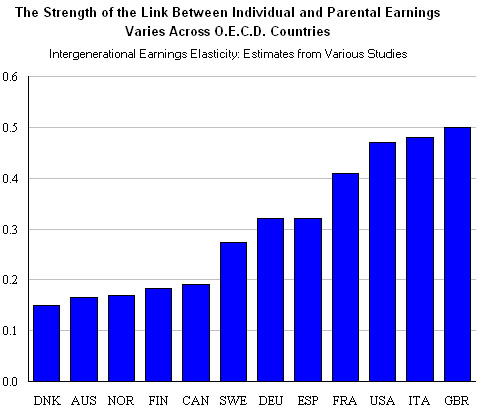Crossposted at Jezebel.
My friend Larry Harnisch at The Daily Mirror found this gem, published in the Los Angeles Mirror News on March 21 1960:
A clearer photo:
That’s right: this woman’s body was so distracting to male students that it required intervention by school officials or campus discipline would break down. And the intervention wasn’t to tell men to grow up and stop ogling their female classmates, of course, but to ask her to make herself less visible.
I’m sure the muu-muu fixed everything, though.
The next year she competed in a beauty contest sponsored by the Young Democrats.





